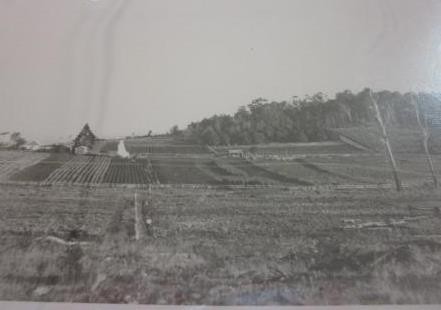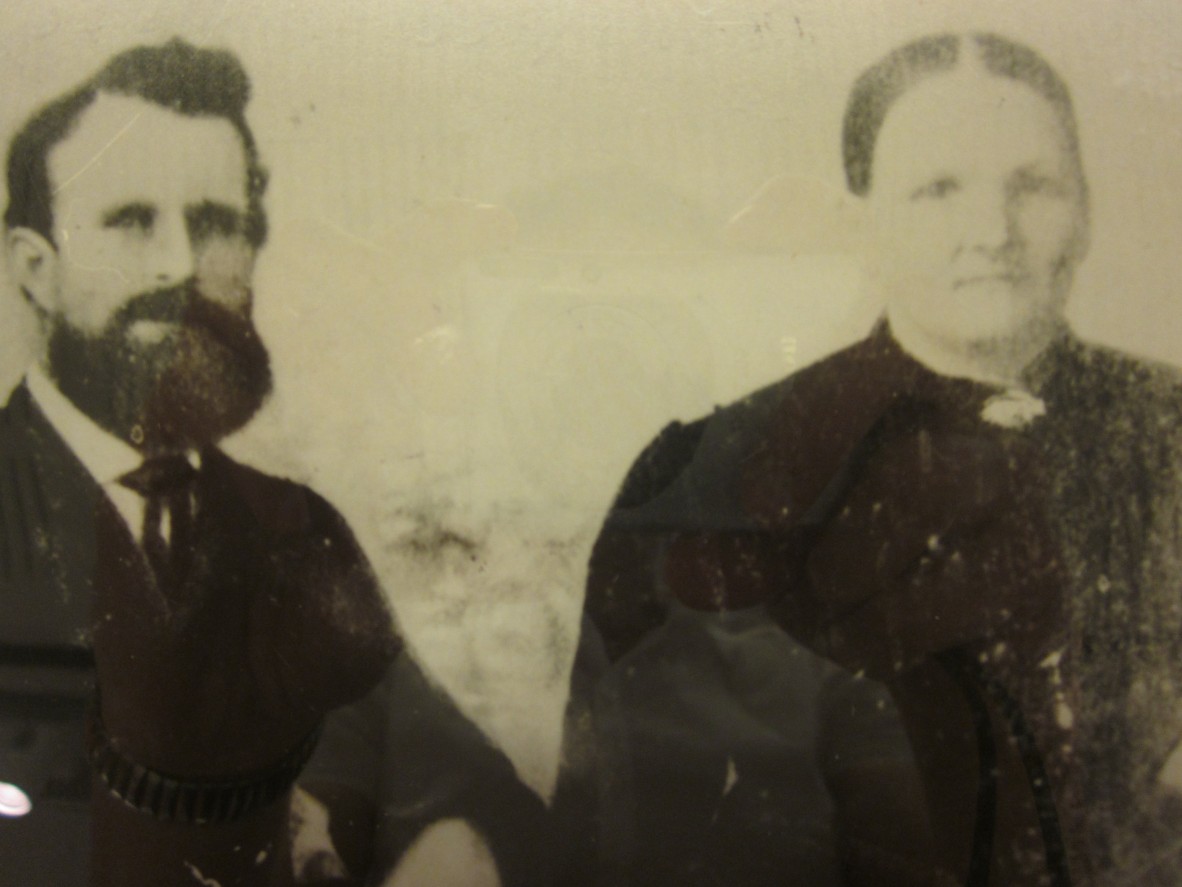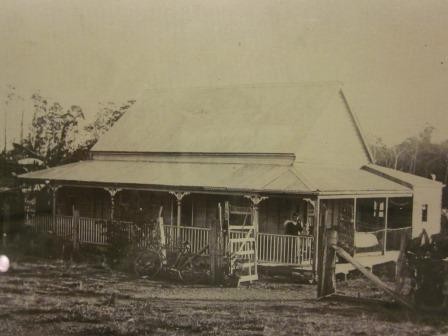
Daisy Hill, a suburb of Logan City, is situated 22 km south-east of the centre of Brisbane.
The Dennis family were the first European settlers in Daisy Hill. They arrived in Australia from Cornwall on the ‘Flying Cloud’ in 1864. James Dennis married Mary Ann Markwell, whose family came to Australia on the ship ‘Chaseley’ in 1849.

The couple settled in Daisy Hill in 1870, having married in 1867. Mary Ann was born in Brisbane and died on 22 August at Daisy Hill. James Dennis was born at ‘Rosevin Cottage’, Penzance, in Cornwall on 7 June 1842. He died on 10 October 1893 at Dennisvale, the family property at Daisy Hill and was burried in the family cemetery, on the edge of Daisy Hill State Forest.

The forest known today as Daisy Hill State Forest was in a sorry state in 1903: ‘Daisy Hill did not always look so good. When the first forester inspected the forest in 1903, he found that white settlers had devastated the area by indiscriminate timber removal’ (Courrier Mail, 14 September, 1996, p. 3).
An oral history collection at the John Oxley Library (Accession OH50) contains interviews with Florence Ellen Hampson and Charles Glen Shailer, whose families lived in the area that is now Daisy Hill State Forest: ‘Timber was used for building houses, girders for bridges and sleepers for tram and railway lines. Many of the sleepers for the tramways in Brisbane came from Daisy Hill State Forest in the early days. Timber was also used for electric light poles, house stumps, fence palings, shingles, boat keels, wood for boilers, wood for household stoves and for use in the jails.’ (Charles Glen Shailer, OH50, Item 2).
Mr Shailer's great grandfather arrived in 1866 and his family has lived in the area ever since. He talks about the animals in the forest and Aboriginal people’s use of the forest: ‘Yes, there were some Aboriginal people in both my father’s time and my time, but they lived under very different circumstances. My maternal grandmother spoke of Aboriginals burning the flat and part of where the rifle range was later built. The reason for the burn was to attract the wallabies to green grass shoots. On another occasion my aunt Sally Dennis told me that late one day a party of Aboriginals visited the homestead and grandfather gave them a bag of sweet potatoes. They made a fire and sat in a ring around the fire until the potatoes were cooked.’
In 2003 Mary Howells interviewed Florence Ellen (Poppy) Hampson for Logan City Council Oral History Project. Poppy Hampson was the daughter of Joseph and Lily Dennis. Joseph Dennis was the youngest son of James and Mary Ann Dennis.
Poppy Hampson talks about her childhood at Daisy Hill. Her father grew fruit and vegetables—papaws, pineapples and bananas, peas, beans and tomatoes. The family also had a mango plantation. They used to sell mangoes to State Jams at Woolloongabba. As there were no grocery shops in Slacks Creek or Daisy Hill, Poppy’s father had to go to Beenleigh to buy food. The family had seven or eight cows at one time, cats and dogs as pats, and even a pet snake that would crawl amongst the papaws when they were being packed for the market.
Mrs Hampson went to Slacks Creek School as a child in the 1930s and she remembers her teachers—Miss Roberts, Miss Carmody and especially Mr Wilkes: ‘He’d scream and yell and he wouldn’t be short of using the cane, but a wonderful teacher’ (OH116-38, Box 9702, John Oxley Library).
Daisy Hill State Forest is a place of significant historic, scientific and natural value. The authors of Cultural heritage study of Daisy Hill State Forest Park : a report for the Queensland Department of Environment and Heritage have listed cultural heritage places within the forest, including: Wrights Water Hole, Dennis Family Burial Ground and early snigging tracks, created by hauling timber from the forest in the early days of logging at Daisy Hill.
References:
OH 50: Daisy Hill State Forest Oral History (Box 14304), John Oxley Library, State Library of Queensland
OH 116: Logan City Council Libraries Oral History Project (Boxes 9701 and 9702), John Oxley Library, State Library of Queensland
Newspaper clippings, John Oxley Library: Logan-Suburbs-Daisy Hill
Photographs, John Oxley Library: Logan City-Suburbs-Daisy Hill
Anderson, Judith; et al. (1995), Cultural heritage study of Daisy Hill State Forest Park : a report for the Queensland Department of Environment and Heritage
Veronika Farley, Archivist, Queensland Memory, State Library of Queensland
Comments
Your email address will not be published.
We welcome relevant, respectful comments.